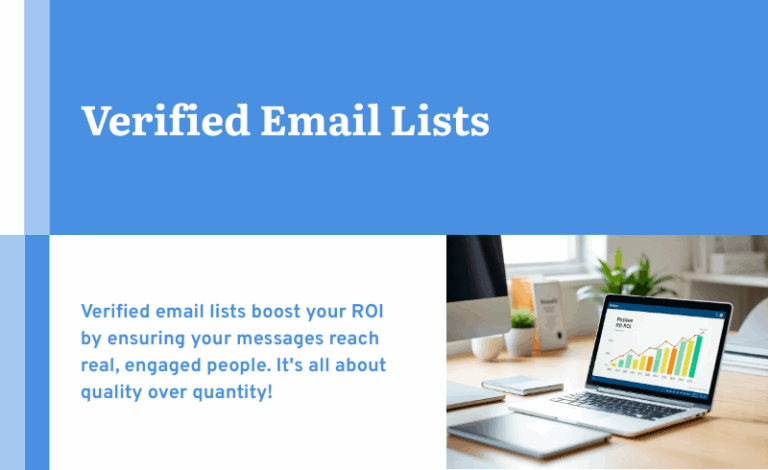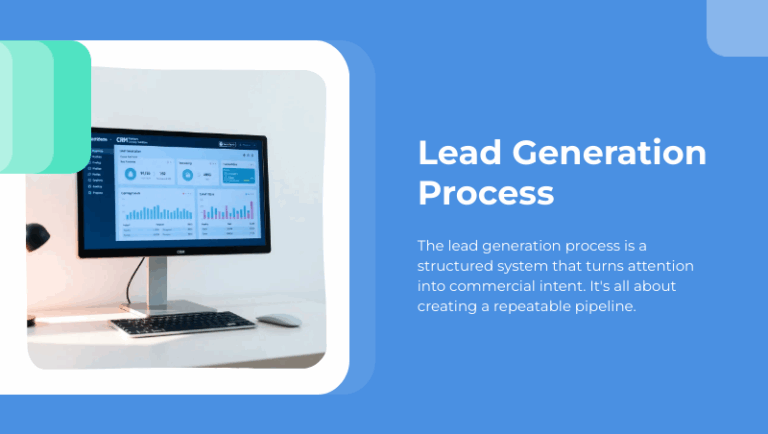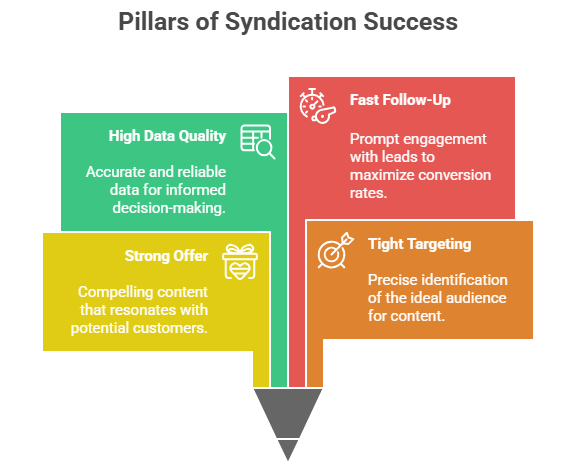As important as it is to understand who your customers are, it’s even more useful to know how they behave. By knowing how your customers and prospects interact with your email, a marketing automation team can help you pinpoint what drives buying decisions and find more audience members who want what you have to offer. With behavioral targeting, you also gain predictive insight into what your prospects will do in the future.
Behavior versus Demographics
Before you learn more about behavioral data, let’s be clear: Collecting demographic and firmographic data still matters. There’s no substitute for a thorough understanding of your customers’ vital statistics to create a clear picture of them. Pictures don’t move, though; they’re static, while behavioral data is dynamic, a film instead of a still image. It involves not who your customers are, but what they choose – and often just as meaningfully, what they don’t choose.
For example, you probably know which SIC codes represent your most responsive audience segments. What behavioral data shows you is how the list members within those segments interact with your email marketing. Which emails did they open? How long do they wait before responding? Which people respond most frequently, and does that have any correlation with other firmographic or demographic data you’ve collected? How often do these customers forward your email, and do these forwards produce additional leads?
Email marketing already relies heavily on some behavioral data such as open rates and click-throughs, but traditionally, this information has remained siloed. Even when they collect some behavioral data, typical email service providers can’t link it meaningfully to other elements. It doesn’t tie into demographic and firmographic information or allow you to build a three-dimensional model of your clientele.
Building Behavioral Targeting into Your Email Marketing
Demographic and firmographic targeting address the aspects of your email audience that change slowly if at all. Behavior, on the other hand, is a moving target and one that needs an agile email marketing system to keep up with it. That ability to shift with your customers’ needs and supply them with the content they want depends on pinpointing trigger behaviors.
A major element of behavioral targeting, triggered email relies on your customers’ choices and feeds them the right content at the right time. Triggers are reactive; they don’t dictate the actions your customers take but arise from them. When leads have the tools they need to chart their own course down the marketing pipeline, they flow more easily through it.
Conventional ESPs don’t make behavioral targeting easy and have traditionally focused on static data. Even those that compile some behavioral information aren’t able to link it with other channels of your marketing strategy, leaving your email marketing isolated. Marketing automation tools that link behavioral and transactional data with demographic and firmographic information free you to keep up with your customers – and to find more of them.
Creating Smarter Email Marketing Campaigns
The real power of behavioral targeting is its predictive capability. You learn what your customers are doing now and use that information to tell you what future leads will do when they encounter the same triggers. Capturing behavioral data shows you the decisive points along a buyer’s journey so you can position effective content at those turning points.
Smart email marketing is responsive email marketing. Over time, your email campaigns become increasingly agile and better able to predict how new leads will respond, making every campaign smarter than the last. This evolutionary process can’t happen with conventional ESPs that aren’t equipped to process and link behavioral data with other elements of your marketing strategy, but they’re a cornerstone of marketing automation.
© Reach Marketing LLC 2015 All Rights Reserved.




